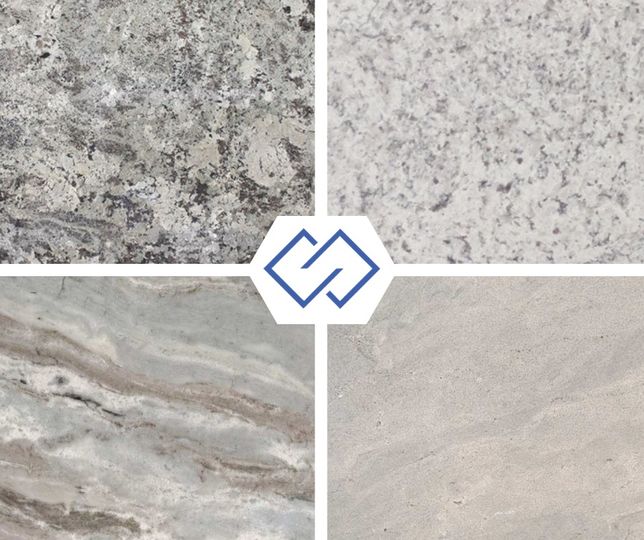
Direct-to-Film (DTF) printing has been gaining traction among small businesses, and for good reason. This printing method offers an affordable way to create high-quality, custom designs that work on a range of materials. If you’re running a small business and want to explore printing solutions, DTF printers could be the right fit. Let’s dive into what makes them such a valuable tool.
What is a DTF Printer and How Does it Work?
A DTF printer is a machine designed to print custom designs onto a variety of materials. Unlike some traditional methods, DTF printing uses transfer films and adhesive powder to create vibrant and durable prints. It stands out because it can handle challenging materials, making it a more versatile option for small businesses.
The Printing Process in Detail
Wondering how DTF printing works? It follows a straightforward yet efficient process:
- Design Creation: Start by creating your design using graphic design software. Export the design in a compatible file format, typically PNG or TIFF, with a transparent background.
- Printing on Film: DTF printers transfer your design directly onto a special transfer film. They use high-quality inks to capture every detail, resulting in sharp prints.
- Adhesive Powder Application: After printing, a fine adhesive powder is applied to the wet ink on the film. This powder ensures the design adheres to the fabric.
- Heat Application: The printed film is placed onto the fabric, and a heat press is used to transfer the design. Heat activates the adhesive, bonding the print securely to the material.
- Peel and Finish: Once cooled, you peel off the transfer film, leaving the final design on the fabric, ready for sale or use.
This simple process allows for a seamless user experience while delivering impressive results.
Comparison with Other Printing Technologies
When deciding on printing solutions, it’s useful to know how DTF compares to other methods like Direct-to-Garment (DTG) and sublimation.
- DTG Printing: While DTG is great for cotton fabrics, it struggles with polyester or non-textile materials. DTF, on the other hand, handles a broader range of materials easily.
- Sublimation Printing: Sublimation works well for polyester or light-colored fabrics but fails with darker materials or natural fibers like cotton. DTF eliminates these limitations with its material versatility.
- Cost and Accessibility: DTF machines are often more affordable than DTG and comparable to sublimation but require less specialized fabric, reducing material expenses.
If your business needs flexibility, DTF is likely the better choice.
Benefits of DTF Printers for Small Businesses
DTF printers bring small businesses a host of benefits that can make them more competitive.
Cost-Effectiveness and Low Entry Barrier
Starting a small business often means working with a tight budget. DTF printers are affordable compared to other advanced printing equipment. You don’t need to invest thousands of dollars upfront to produce professional-grade prints. Plus, because they work for both small and large batches, there’s no pressure to produce in bulk to recoup costs.
High-Quality Output and Durability
Customers expect products to last, and that’s where DTF shines. Prints are vibrant and resistant to cracking or fading even after dozens of washes. This durability can boost customer satisfaction and inspire repeat orders.
Versatility Across Materials
Unlike many other printing methods, DTF isn’t picky about the materials it works with. Whether it’s cotton, polyester, denim, or even leather, DTF printing delivers consistent results. Want to print designs on tote bags, caps, or shoes? DTF printers have got you covered. For businesses that want to expand their product line, this versatility is invaluable.
Key Factors to Consider When Choosing a DTF Printer
If you’re thinking about investing in a DTF printer, there are some key factors to keep in mind to make the right choice.
Printer Specifications and Capability
Look at details like resolution, speed, and software compatibility. High-resolution printers ensure clear and sharp designs that impress customers. Fast printing speeds save you time, especially for bulk orders. Also, check whether the printer supports the design tools you already use.
Cost and Maintenance Requirements
Don’t just consider the upfront cost. Factor in maintenance expenses like ink refills, adhesive powder, and transfer films. It’s also a good idea to find out how easy it is to get replacement parts or technical support. A low-cost machine with high upkeep might not be the best long-term option.
Scaling Up: Future Expansion Options
Think about where your business is headed. A basic DTF setup works well for small operations, but if you expect to grow, you’ll need a printer that can handle higher demand. Choose a machine that lets you scale without sacrificing print quality.
Conclusion
Direct-to-Film printing offers small businesses an affordable, high-quality, and versatile way to produce custom products. Whether you’re printing T-shirts, tote bags, or promotional goods, DTF printers deliver durability and vibrant designs across a range of materials. They’re especially appealing because of their low upfront cost and ability to handle both small and large orders with ease.
As you weigh your printing options, think about your current needs and future goals. Invest in a DTF printer that aligns with your vision. With this technology in your toolkit, your small business can stand out with customized products that delight customers. Ready to take the next step? Begin researching DTF printers and take your business to the next level.







